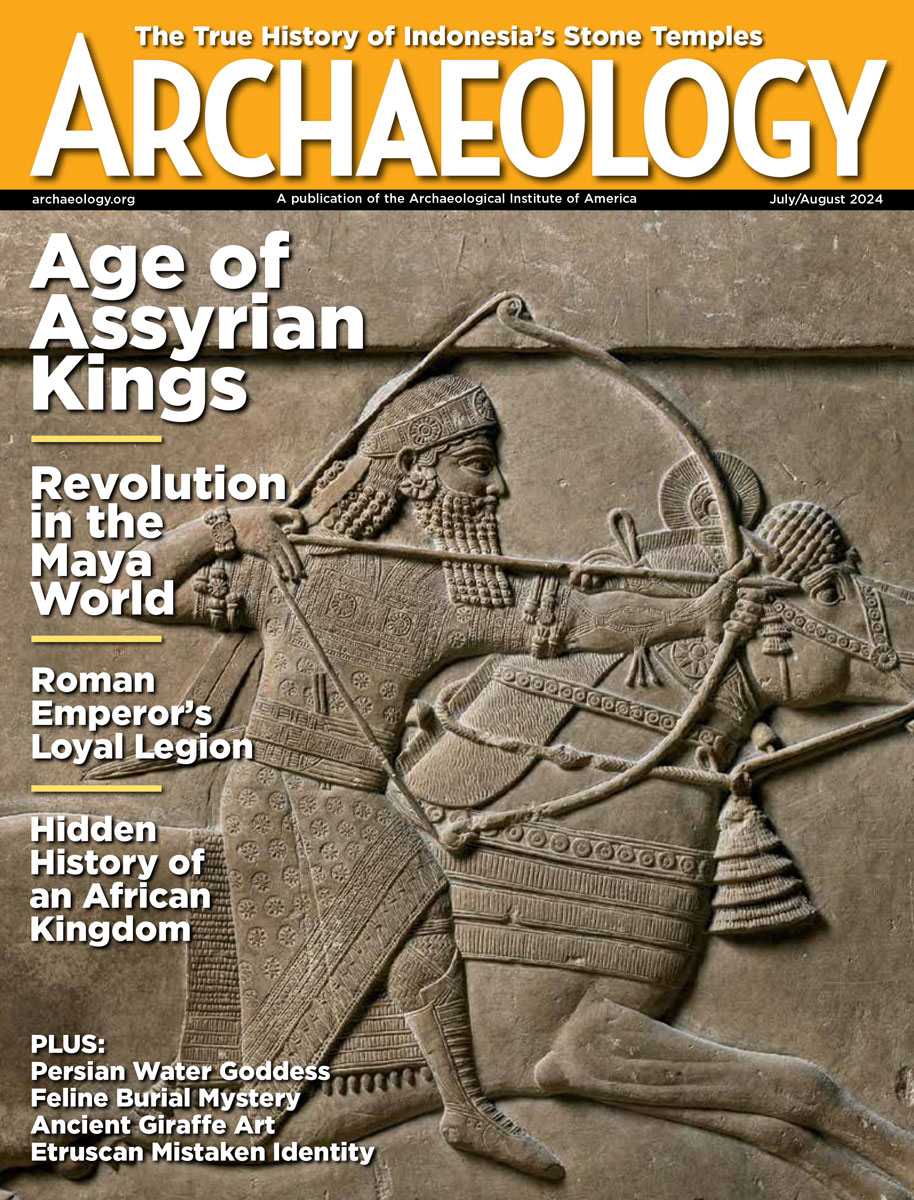Tuesday, February 28
February 28, 2012
A mitochondrial DNA study of 13 individuals from Europe and Asia suggests that Neanderthals were already on the verge of extinction in Europe when modern humans arrived. “This indicates that Neanderthals may have been more sensitive to the dramatic climate changes that took place in the last Ice Age than was previously thought,†said Love Dalen of the Swedish Museum of Natural History.
Scientists have completed a nuclear DNA study of “Oetzi the Iceman,† the 5,300-year-old frozen mummy discovered in the Italian Alps in 1991. His genes show that Oetzi suffered from the oldest documented case of infection with Lyme disease.
A British couple has been arrested in Egypt for attempting to smuggle 19 artifacts, including funerary figurines, pottery, lamps, inscribed stones, coins, and manuscripts, out of Cairo International Airport.
This report from Vietnam states that an elaborate incense burner has been discovered at Tien Son Cave. Tien Son Cave is known for its spectacular stalactites and stalagmites and their unusual acoustic qualities.
The clearing of scrubland in Cork County, Ireland, has revealed houses from the pre-famine period. Three sides of the dwellings had been cut out of the face of Windmill Rock, along with unusual niches cut into the walls. “One-roomed cottages were the usual dwelling place for the poorest people in society in the nineteenth century,†explained Terri Kearney of the Skibbereen Heritage Centre.
A burnt fragment of wood has been unearthed in a remote cave on Scotland’s Isle of Skye. Archaeologist Rod McCullagh of Historic Scotland thinks it could be the remains of the bridge to a 1,500-year-old stringed instrument.
- Comments Off on Tuesday, February 28









